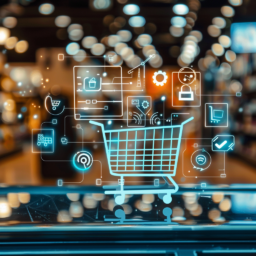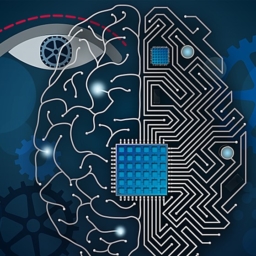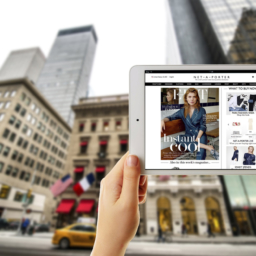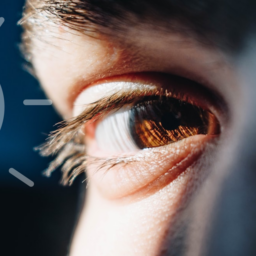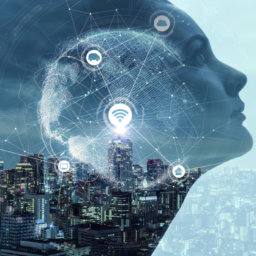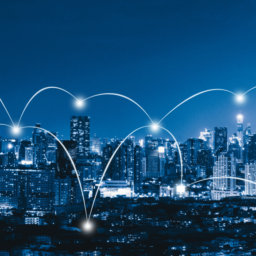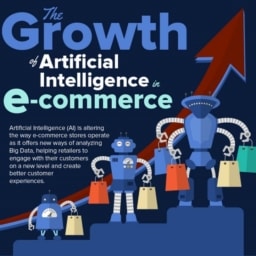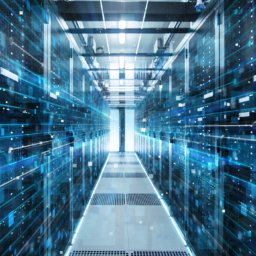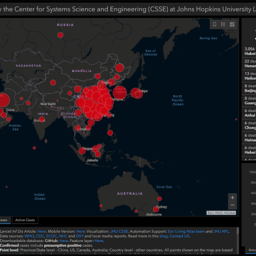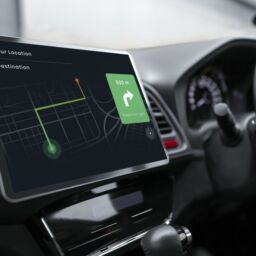Retail and Artificial Intelligence in the Post-COVID years
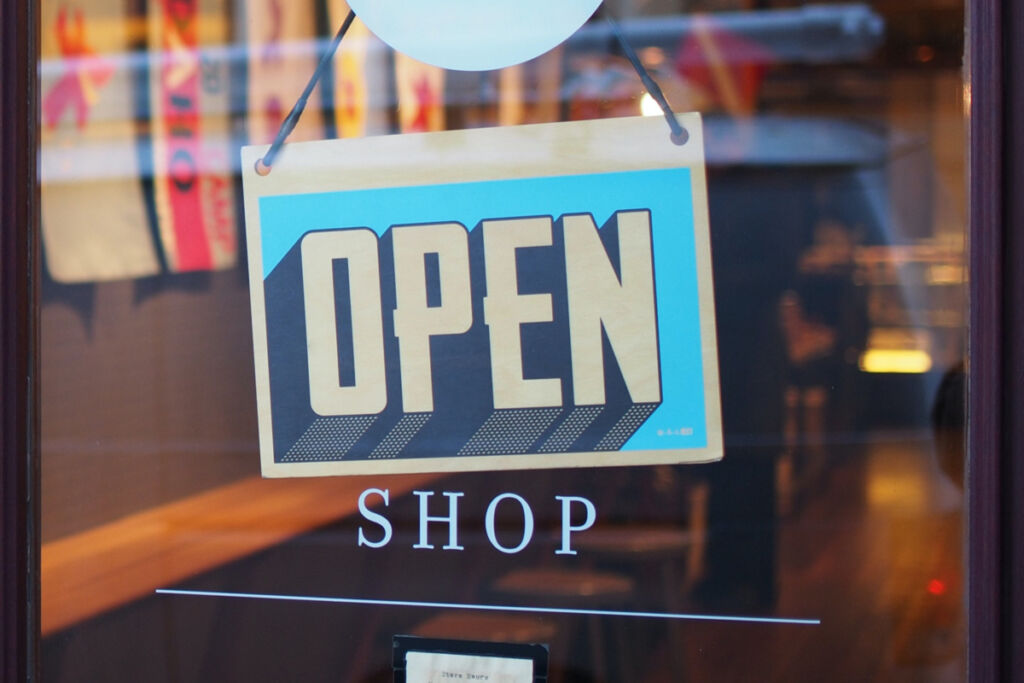
Great progress has been made in how Artificial Intelligence can help marketers achieve their goals. Among the benefits is the fact that A.I. can recognize consumer trends and emerging consumer behavior shifts.
Nevertheless, before introducing A.I. in your business or deciding on your next steps in its deployment, it’s useful and important to know what A.I. is NOT, so check this short and sweet (and very clear) post by Forbes Councils Member Jody Glidden.
Talking about the usefulness of A.I., let’s see how Artificial Intelligence can/will help retailers get ready for the post-COVID era in the fields of pricing, promotion, inventory, and spending optimization.
The pandemic has indeed changed a lot for marketers. Neither consumers nor businesses are going back to pre-COVID mode.
Consumers have learnt to appreciate the convenience of virtual services like online classes for almost everything, telehealth and more. They also got familiar with pickup and delivery options, which they wouldn’t want to miss when the stores go back to normal. Check more cases of “not returning to the old normal” in another Forbes post we have chosen for you this week.
Staying on the topic, a survey by the Internet Association in the UK established that almost one third of consumers will shop half online half in person going forward (before COVID, 23% of the interviewed answered the same). On the other hand, 71% of the surveyed retail businesses plan to keep their online selling services.
Off- and online customer experience, innovative digital touchpoints as well as the ability of businesses to embrace new tools and technologies will play a major role in conquering the “new normal” retail environment, as experts point out in a post about “Climbing out from COVID-19“.
One further survey, this time by Accenture, also highlights the changes the pandemic introduced into consumers’ demands, but also the innovation it “forced” onto the retail sector, and the sometimes disruptive and groundbreaking reactions of retail businesses to the “new normal”.


